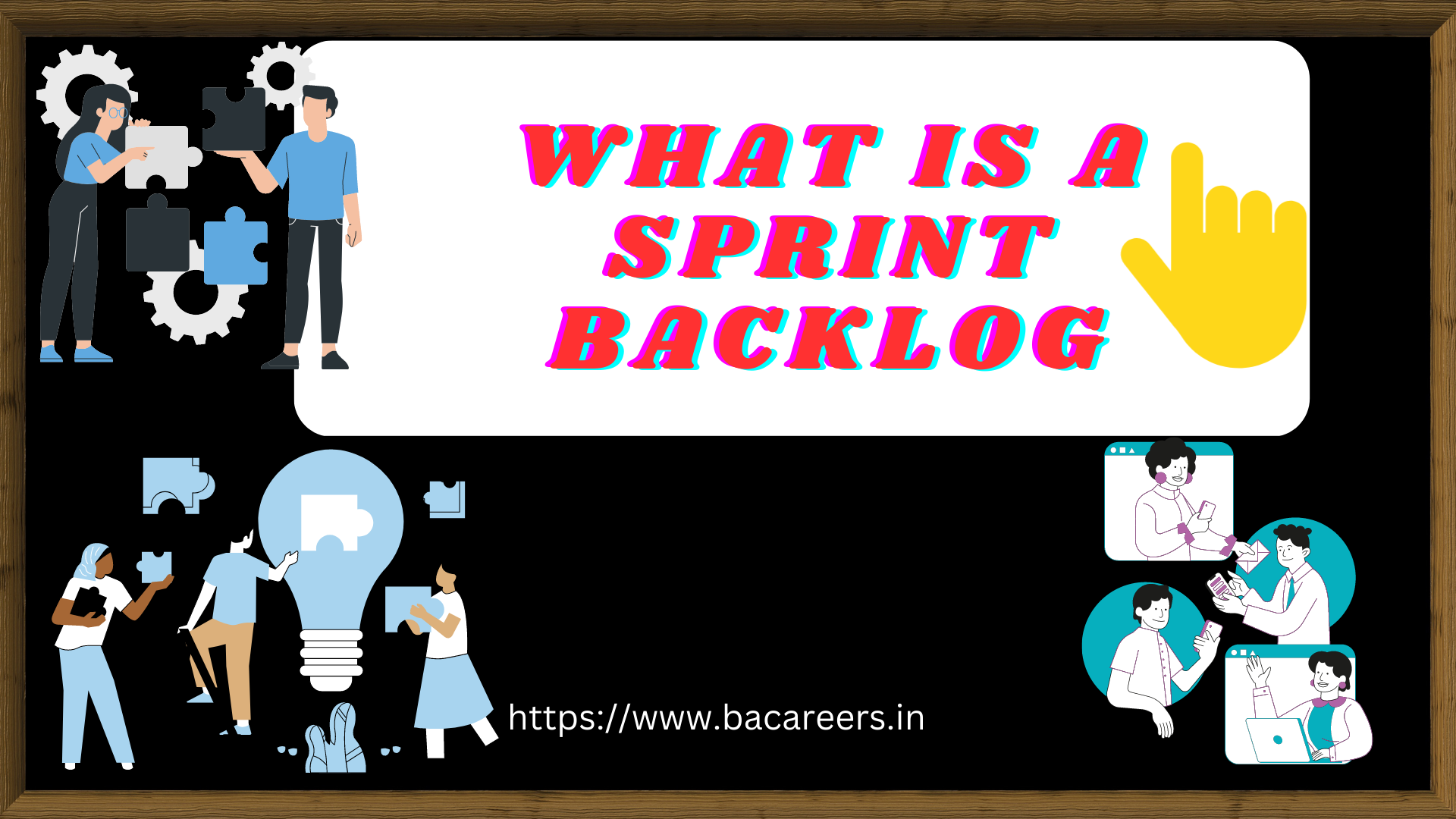If you’re working on an agile project, you may be familiar with the concept of a sprint backlog. This tool can help you and your team stay organized and focused on the tasks at hand, ensuring that you meet your project goals on time and within budget. In this article, we’ll explore what a sprint backlog is, how to create one, and how it can benefit your workflow.
What is a Sprint Backlog?
A SprintBacklog is a list of tasks that a team plans to complete during a specific sprint, which is a set period of time during which work is completed. The sprint backlog is created during the sprint planning meeting, where the team decides which tasks they will work on during the upcoming sprint. The sprint backlog is a living document that is updated throughout the sprint as tasks are completed or added. It helps the team stay focused on their goals and ensures that everyone is working towards the same objectives.
Understand the Importance of a Sprint Backlog.
A SprintBacklog is a crucial tool for any agile team. It helps to ensure that everyone is on the same page and working towards the same goals. By creating a sprint backlog, the team can prioritize tasks and focus on the most important work first. This helps to streamline the workflow and ensure that the team is making progress towards their goals. Additionally, the sprint backlog can be used to track progress and identify any issues that may arise during the sprint. Overall, a sprint backlog is an essential component of any successful agile project.
Define Your Sprint Goals and Priorities.
Before creating a SprintBacklog, it’s important to define your sprint goals and priorities. This will help you determine which tasks are most important and should be included in the backlog. Start by identifying the main objectives of the sprint and breaking them down into smaller, more manageable tasks. Then, prioritize these tasks based on their importance and the amount of effort required to complete them. This will help you create a sprint backlog that is focused on achieving your goals and delivering value to your customers.
Break Down Tasks into Manageable Chunks.
One of the key benefits of creating a sprint backlog is that it allows you to break down larger tasks into smaller, more manageable chunks. This makes it easier to track progress and ensure that each task is completed on time. When breaking down tasks, it’s important to consider the level of effort required to complete each one. This will help you prioritize tasks and ensure that the most important ones are completed first. Additionally, breaking down tasks can help you identify any potential roadblocks or dependencies that may impact the overall timeline of the sprint.
Assign Tasks and Track Progress.
Once you have broken down your tasks and prioritized them, it’s time to assign them to team members and start tracking progress. This can be done using a variety of tools, such as a project management software or a simple spreadsheet. Make sure to clearly communicate deadlines and expectations to each team member,What is Sprint Backlog? and regularly check in on progress to ensure that everything is on track. If any issues or roadblocks arise, address them as soon as possible to prevent delays in the sprint. By assigning tasks and tracking progress, you can ensure that your sprint backlog is being effectively managed and that your agile project is moving forward smoothly.

Business Analyst , Functional Consultant, Provide Training on Business Analysis and SDLC Methodologies.

